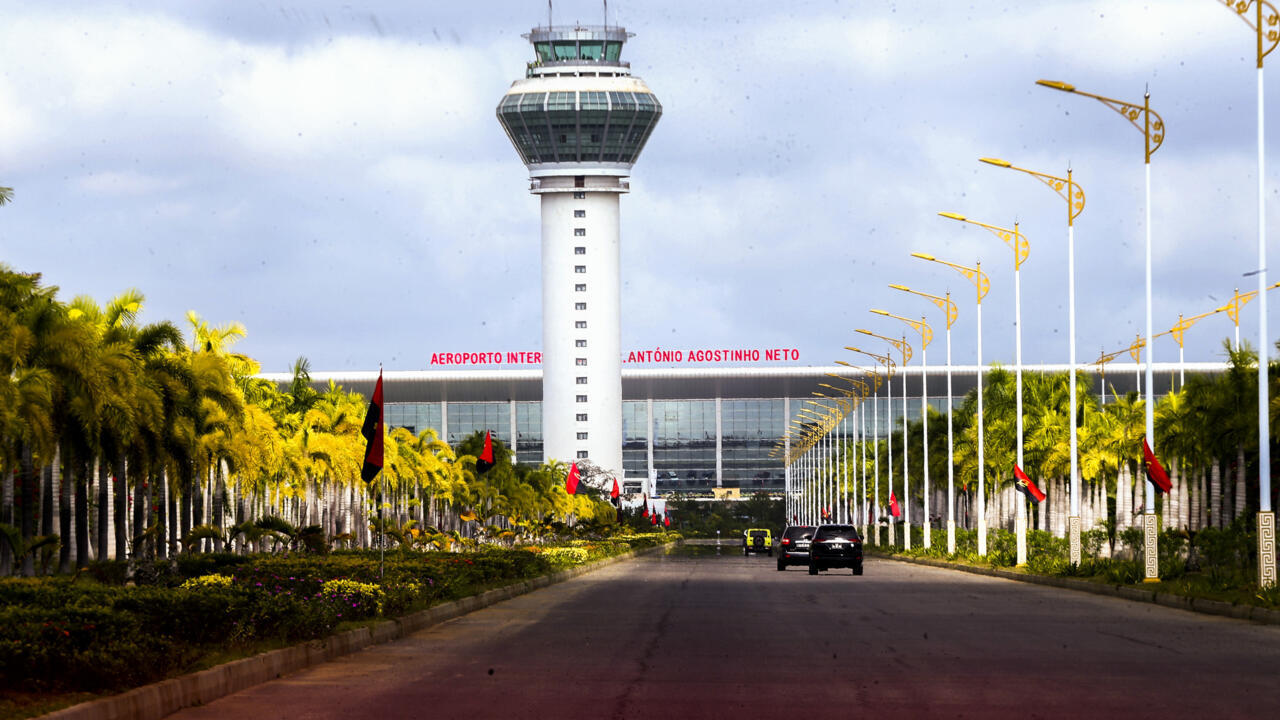A recent series of emergency incidents involving Boeing 737 aircraft is highlighting both operational and regulatory challenges for Boeing as it works to maintain safety and regain production momentum. On Saturday, a = following an emergency landing at Sao Paulo Guarulhos International Airport in Brazil. The blaze, originating in the cargo hold, required an extensive firefighting response, with multiple fire teams working to extinguish the flames and secure the runway. This event, along with a separate incident involving a Qantas Boeing 737-800 just a day prior—where the plane was forced to land due to an engine issue—reflects the recent safety concerns surrounding Boeing’s 737 series.
Boeing has faced intense scrutiny this year, including from the Federal Aviation Administration (FAA) after a Boeing 737 MAX lost a door panel mid-flight in January. The FAA recently announced increased oversight on Boeing’s operations, especially following a strike that further stalled production. Earlier in the year, an audit identified 97 cases of noncompliance within Boeing’s practices, emphasizing the need for improved quality control measures. With the strike now over, Boeing is tasked with ramping up production to around 30 planes per month to restore revenue and financial stability, a critical step after halted production affected its bottom line. However, experts like Yale School of Management’s Gautam Mukunda stress that Boeing must eventually increase that number to 50 per month, a target that demands efficiency and precision on the factory floor. These recent incidents serve as a reminder of the essential balance between production goals and rigorous safety protocols, particularly for an industry where reliability is paramount.














